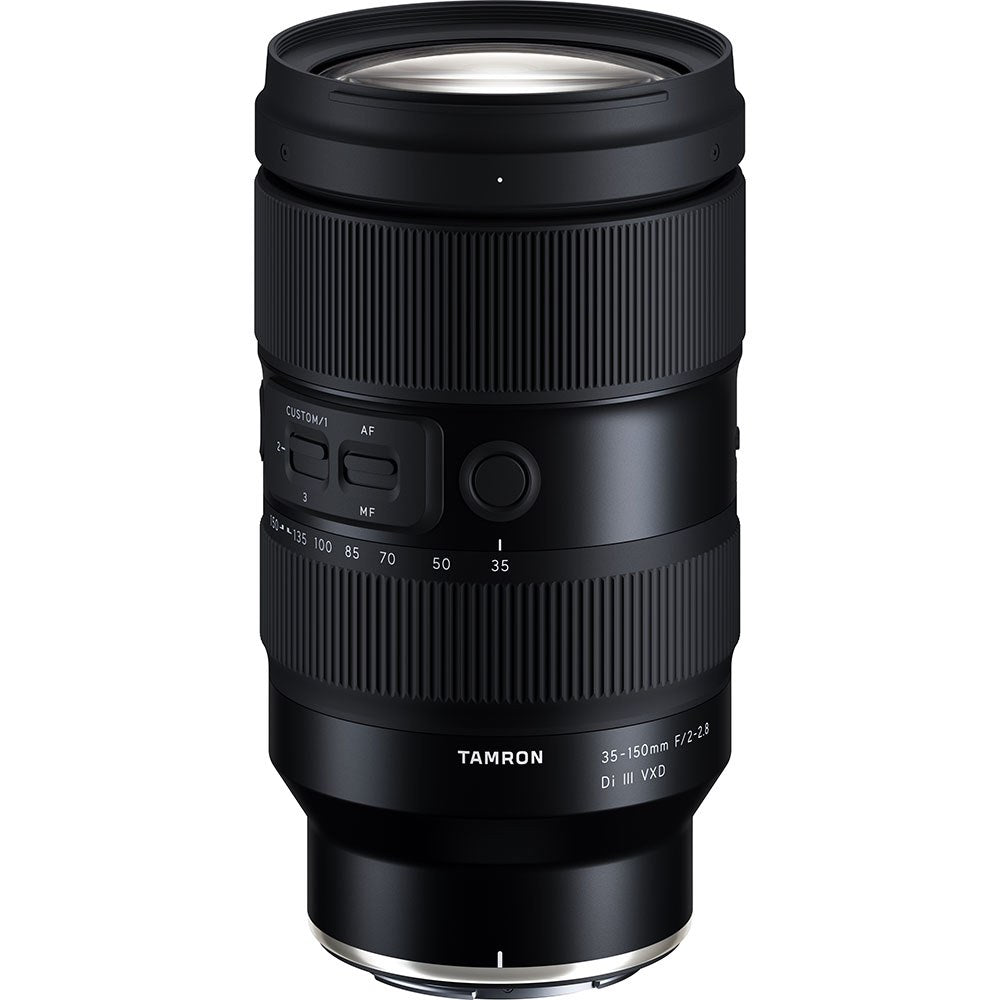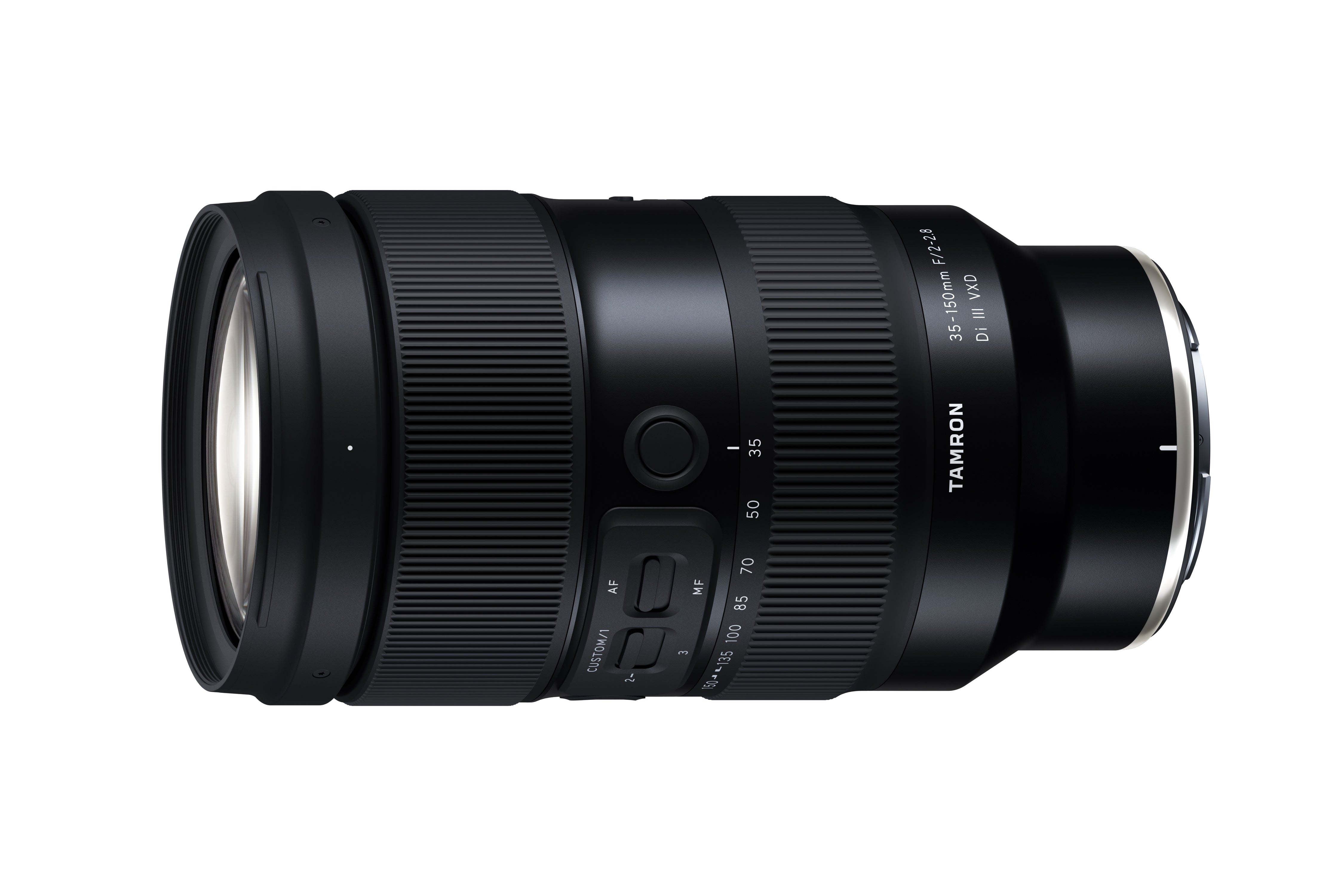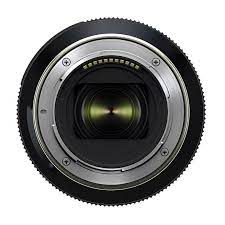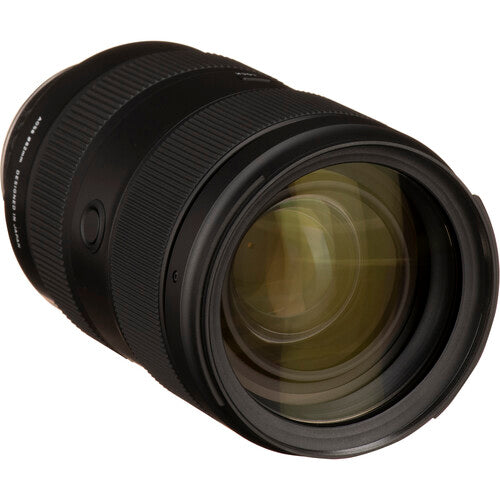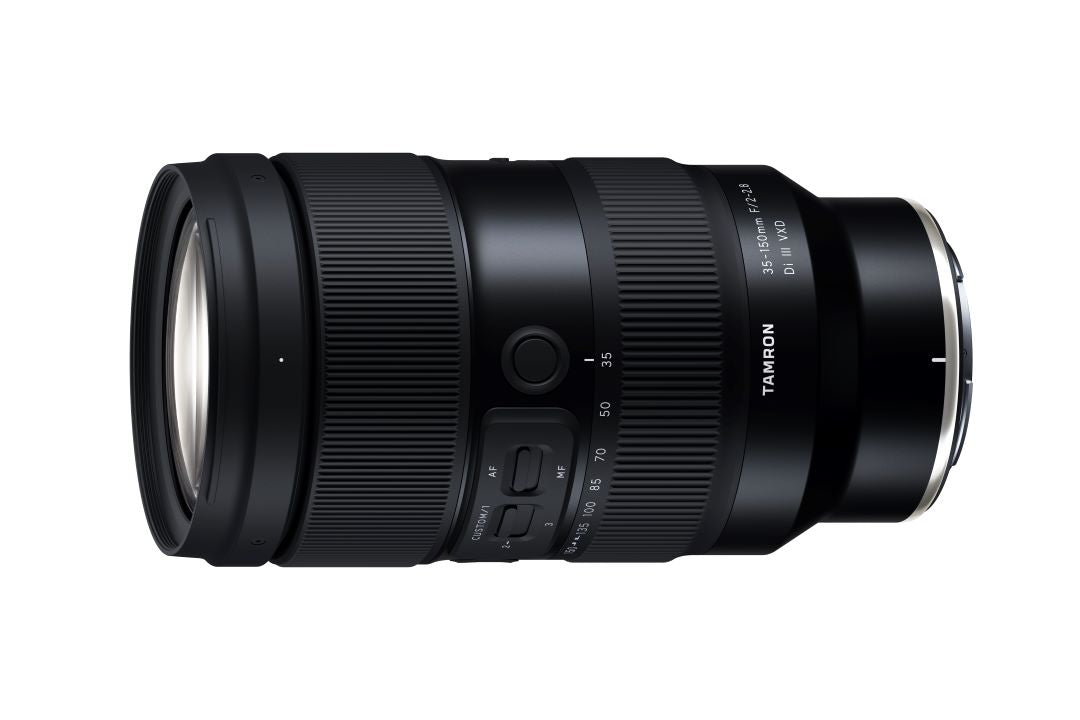Product Description
Tamron 35-150mm f/2-2.8 Di III VXD Lens - Nikon Z
- Full-Frame | f/2-2.8 to f/16-22
- Exceptionally Fast Mid-Range Zoom
- VXD Linear Motor Focus Mechanism
- Focus Set Button

Ideal for travel photography, the Tamron 35-150mm f/2-2.8 Di III VXD is an advanced all-in-one zoom characterized by its wide to medium telephoto range and bright maximum aperture. Designed for Nikon Z-mount mirrorless cameras, this lens has a mixture of versatility and speed that makes it an ideal choice for photographing beautiful vistas, distinctive architecture, notable street scenes, and more.

Boasting a maximum wide-open aperture of f/2-2.8 so you can comfortably photograph in available light conditions while also controlling depth of field and isolating your subject matter with selective focus. Also, complementing the focal length range and bright design is a VXD (Voice-coil eXtreme-torque Drive) autofocus system that provides quick, quiet, and precise autofocus to suit both stills and video applications.

Versatile wide-angle to medium telephoto zoom lens designed for full-frame Nikon Z-mount mirrorless cameras.

Impressively bright f/2-2.8 maximum aperture range for working in available light conditions, controlling depth of field, and isolating subject matter using selective focus.

VXD (Voice-coil eXtreme-torque Drive) linear motor focus mechanism provides fast, quiet, and precise autofocus performance throughout the zoom range.

| Model | A058Z |
| Focal Length | 35-150mm |
| Maximum Aperture | F2-2.8 |
| Angle of View (diagonal) | 63゜26′- 16゜25′ (for full-frame mirrorless format) |
| Optical Construction | 21 elements in 15 groups |
| Minimum Object Distance | 0.33m /13 in (WIDE), 0.85m /33.5 in (TELE) |
| Maximum Magnification Ratio | 1:5.7 (WIDE)/ 1:5.9 (TELE) |
| Filter Size | φ82mm |
| Maximum Diameter | φ89.2mm |
| Length | 158mm (6.2 in) |
| Weight | 1,165g (41.1 oz) |
| Aperture Blades | 9 (circular diaphragm) |
| Minimum Aperture | F16-22 |
| Standard Accessories | Flower-shaped hood (with locking mechanism), Lens caps |
| Mount | Nikon Z |

